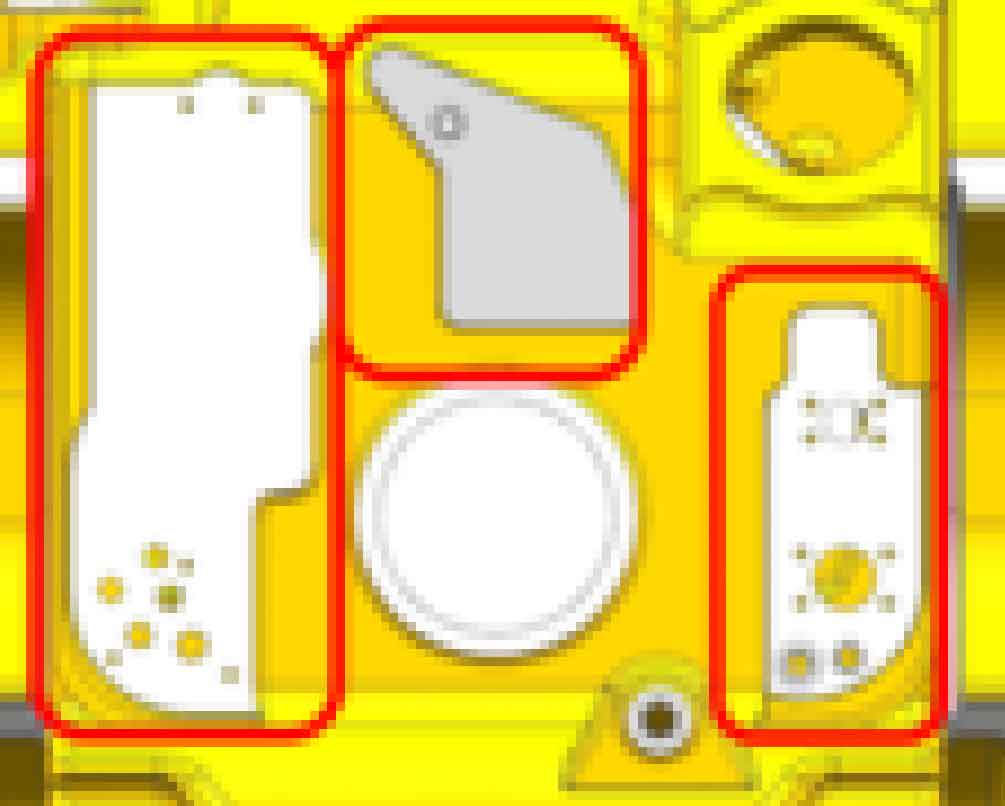Some box type steel castings have the functional requirements to prevent the leakage of lubricating oil in the inner cavity during the actual operation. However, for the blank steel castings of sand casting, in order to prevent leakage, air tightness testing is usually required. However, due to the lack of sealing surface, complex tooling auxiliary testing is required, which is not only large investment, but also inefficient, affecting the production rhythm.

The production of steel castings in our company is sand mold gravity casting. The casting defects such as pores, slag inclusions and cracks inside the products may lead to the leakage of casting defects, which is difficult to avoid. From the perspective of manufacturing technology, it is difficult to 100% prevent the occurrence of internal casting defects, so necessary inspection methods must be taken to prevent the leakage of box steel castings.
In essence, the air tightness test is to detect the penetration defects of box steel castings with the sealing test method. For the inspection of penetrating defects of box steel castings produced by sand casting method, the kerosene leakage inspection method is proposed to inspect before delivery, so as to prevent the products with casting defects from being delivered to customers.
Kerosene leakage detection is a non-destructive testing method to detect the penetrating defects of box steel castings. It has low requirements on the workpiece structure, and can be used as a supplement to non-destructive testing methods such as ultrasonic flaw detection and magnetic particle flaw detection. The detection method uses the characteristics of kerosene infiltration on the surface of steel castings and capillarity to detect the casting defects penetrating the interior of box steel castings from the surface.
Kerosene leakage detection is different from conventional staining detection. In addition to penetrant, dye detection also needs to use developer to show defects on the surface to be observed, and the observation surface is the same as the surface applied by penetrant and developer. The test repeatability is poor and the environment is seriously polluted. The kerosene leakage detection method is to apply lime water solution on one side of the product first, and after it is dry, apply an appropriate amount of kerosene on the other side of the product. After standing for a certain time, observe whether there is kerosene leakage on the surface coated with lime solution. This test does not need colored dyes, can be tested repeatedly, and the detection cost is low.
For the box steel castings produced by ZHY Casting, the working pressure is under normal pressure, and there is no requirement for high temperature and high pressure. The surface to be tested by ZHY Casting is the finished surface of finish machining, and the customer will not process it later. The wall thickness ranges from 20mm to 45mm. Kerosene is wetted on the surface of box steel castings and has strong permeability, and the leaked kerosene can be kept on the dry lime surface of the observation surface for a long time, so kerosene leakage detection can be used as an alternative method of air tightness detection.
(1) For the box type steel castings, the internal penetrating defects can be detected by brush coating method and pouring method.
(2) For small casting defects, there is no significant difference between the two methods.
(3) If the box steel castings are prone to hole defects and leakage, the pouring method is preferred, and the leakage rate will be greatly reduced compared with the brush coating method.
When adopting this alternative method in the future, it is necessary to first confirm the technical requirements and detection methods of the customer for the leakage detection of the product, conduct scheme comparison and demonstration, and fully evaluate the feasibility of the alternative scheme, so as to avoid unnecessary quality loss and reputation loss. In the process of testing, we should also pay attention to the safety of kerosene.
